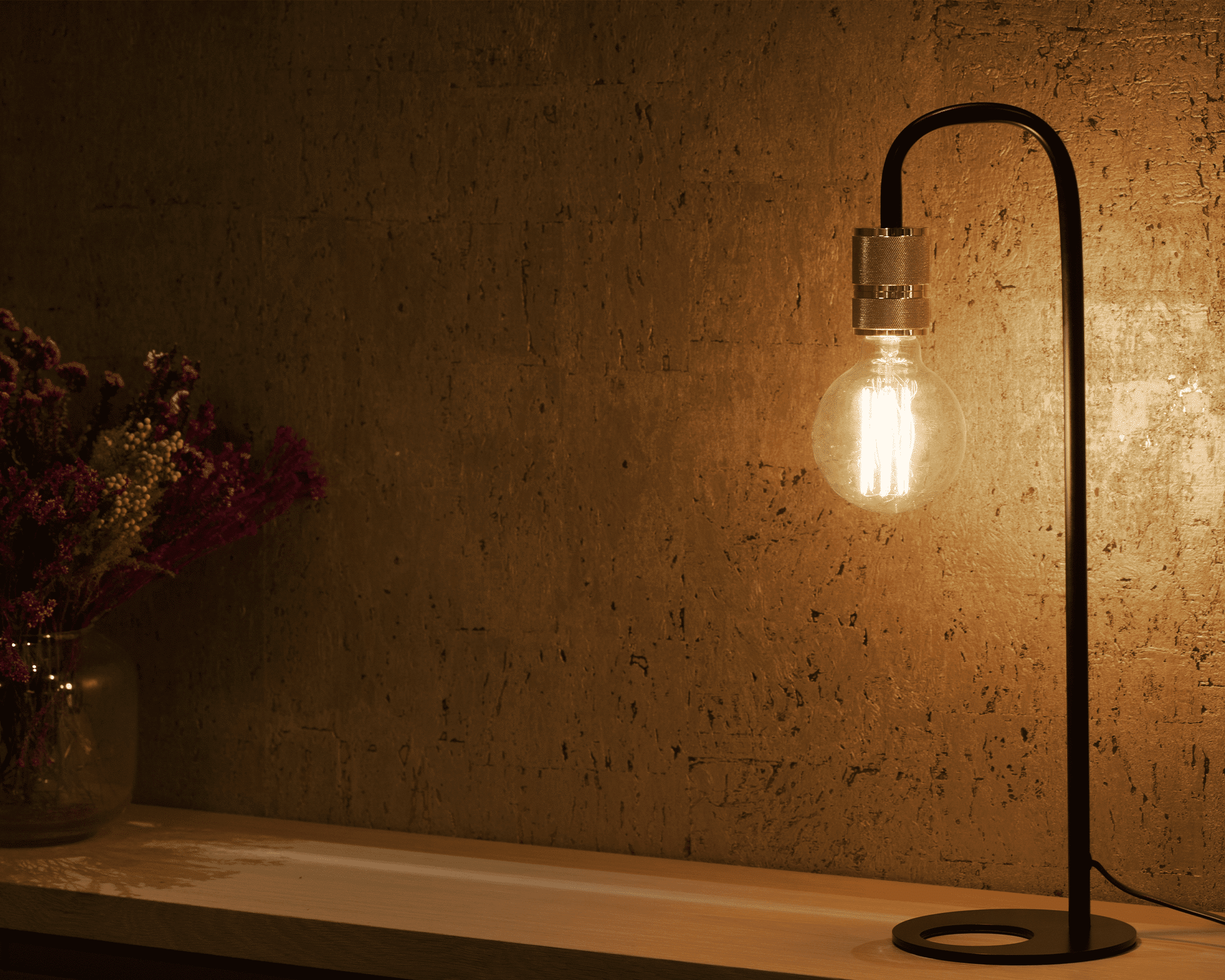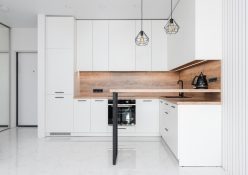Until now there has been no standard minimum efficacy requirement on lightbulb imports, which means you can easily buy lightbulbs that are exceptionally inefficient, they may burn brightly but the wattage consumption is high, so they use much more power than necessary.
They often are of an inferior quality and pose heat and safety risks. In fact, the South African market is flooded with lightbulbs which will not stand up to scrutiny for safety and longevity, are potentially harmful and highly inefficient, chewing through consumers’ power at a time we can ill-afford to waste electricity.
New Legislation is a game-changer
The new legislation ensures that our standards are aligned with international markets – the higher standards serve us as South Africans by ensuring that all imported lightbulbs are efficient, safer and meet the minimum efficacy requirement to be legally imported.
Part of the new law is that a lightbulb must retain its advertised brightness level – the lumens value indicated on the box – for the full lifetime, whether it is 15000 or 25000 hours, and will not dim with age, which often happens.
The new minimum Rated Efficacy requirement works as follows:
- Efficiency refers to energy usage of a lightbulb – so the light it provides relative to the power it consumes.
- Light is measured in LUMENS and power in WATTS.
- For any given lightbulb, by dividing the lumens output by the watts rating we get the lumen per watt rating.
Example: a 540 lumen, 6W A60 spec globe works out as follows:
540 lumens
6 watts = 90 lumens/watt
What this means for consumers is that a year from now any lightbulb that does not meet the new specification of 90lm/W should not be available in South Africa. This will last for two years, after which the even stricter specification of 105lm/W will apply.
Certain specialised lightbulbs will be exempted from the new efficiency rating, such a colour globes and heat lamps, in which case these packs will need to clearly feature a statement to confirm that the lightbulb is ‘not intended for general illumination purposes’.
What can customers expect?
The switch will be smooth and simple: All the regular-shaped CFL and Halogen lightbulbs that have been available up to now will be easily replaceable with an LED alternative, right through to the vintage look carbon filaments, which are already available in LED filament and beautiful amber shades.
Eurolux has been a lighting supplier for over 30 years, and currently services 4,000 stores in Southern Africa, including retailers, wholesalers and many online retailers.







